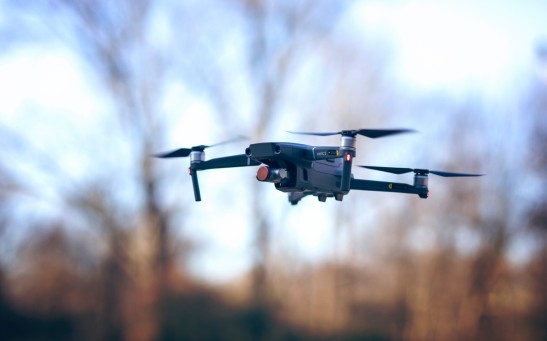TECH & INNOVATION

AI Used to Predict 3D Structures of Proteins Made by Human Genome; Critical for Advancing Medicine

Why Does Jeff Bezos’ Rocket Look So Much Like A Male Genitalia? Rocket Scientist Explains

AI Innovation 'AlphaFold' May Lead to Human Proteome Revolution!

Traditional Dams Can Produce Sustainable Energy; Massive Flood Barriers Upgrade Will Produce Future Hydropower

Electric Vehicle Gas Emissions: Are EVs Much Cleaner Than Internal Combustion Engines?

Brain-Computer Interface: Bioengineers Warn About Consequences of 'Bleak Cyborg Future'

What Are Cyber-Physical Attacks?
MixChannel: Satellite Images Can Now Be Processed with Minimal Datasets, Thanks to a New Technique from Skoltech

Inorganic Material With Lowest Thermal Conductivity Successfully Fabricated; Could Lead to Greener Energy Solutions

Japanese Billionaire Yuzaku Maesawa of SpaceX dearMoon Mission Will Fly to Space Soon; Who Will Join Him?
Neuralink Latency Poses As a Current Challenge, Human Implant Test May Follow After Testing on Monkeys?

Snake Venom Transformed Into Super Glue That Stops Life-Threatening Bleeding Within Seconds
Sperm Transport in the Genital Tract Shown in Computer Simulation Identify Key Factors for Successful Reproduction

Dubai Sets New Guinness World Record: Now Has the World's Deepest Pool, 200 Feet Deep, with 'Sunken City'
Most Popular

Recycling Myths vs Facts: What Actually Gets Recycled and How to Do It Right

Allergies Explained: What Happens in Your Body During an Allergic Reaction

What Is Conservation Biology? Key Strategies to Protect Species and Habitats

Types of Pollution: Air, Water, Soil, Noise, and Their Health Effects





